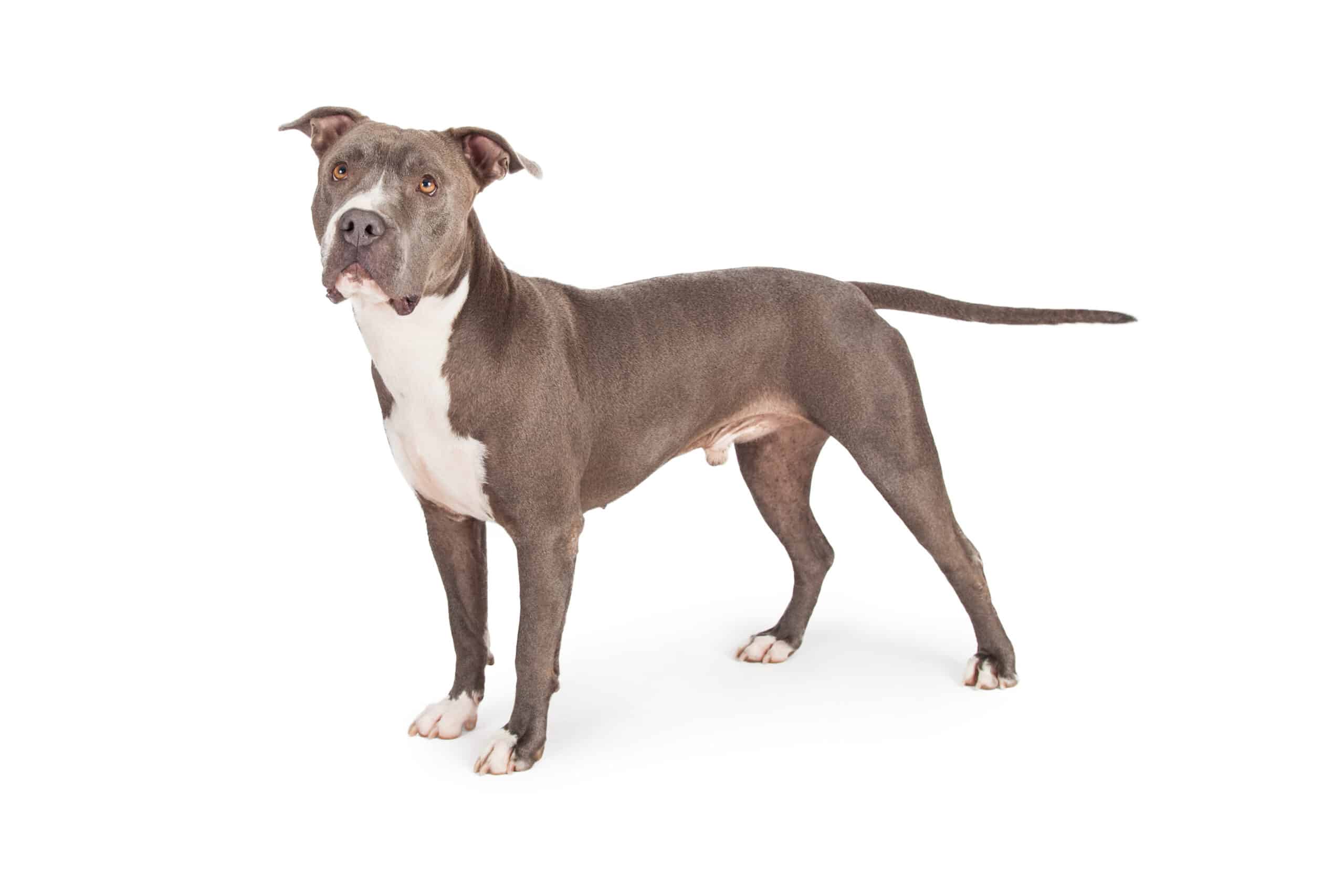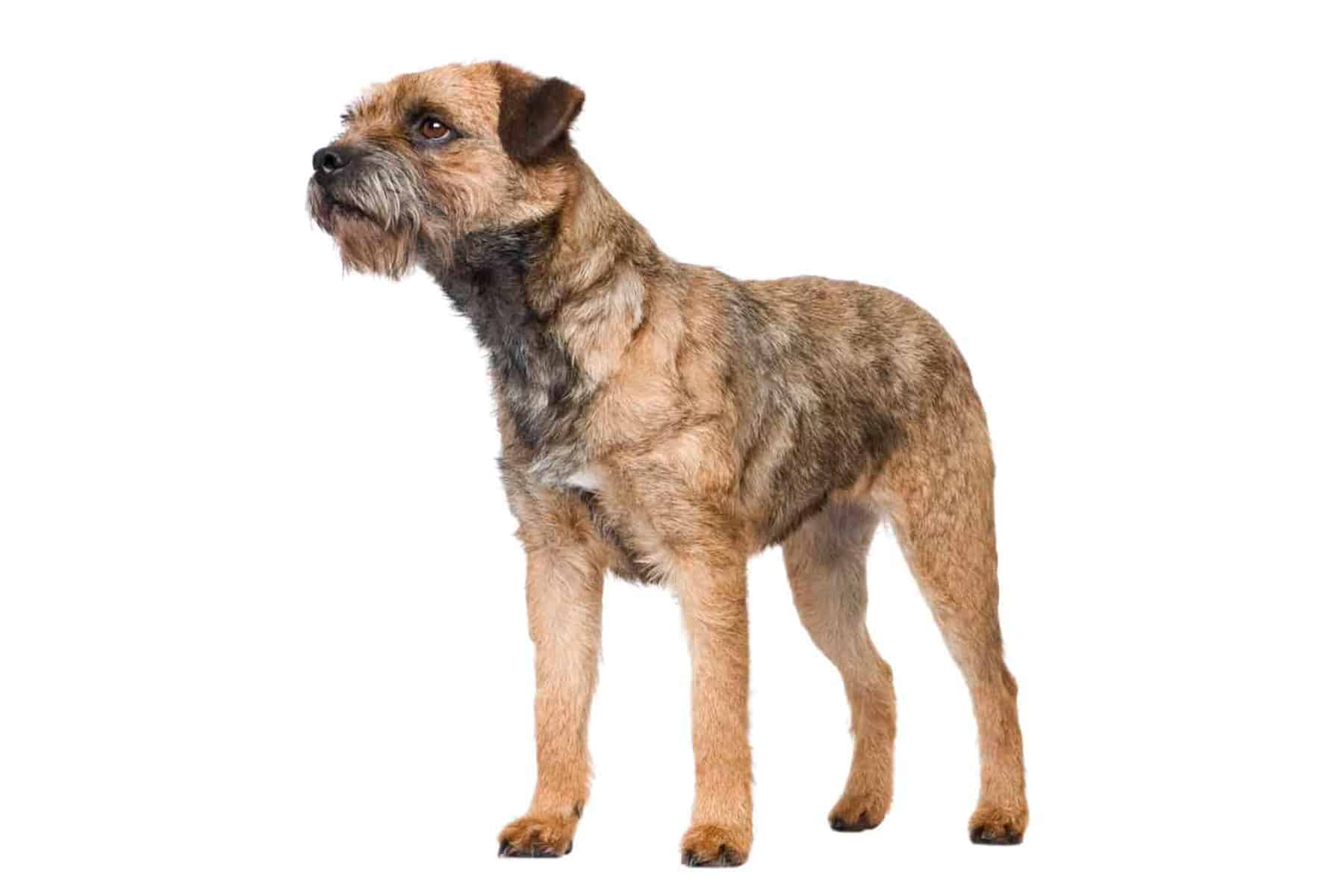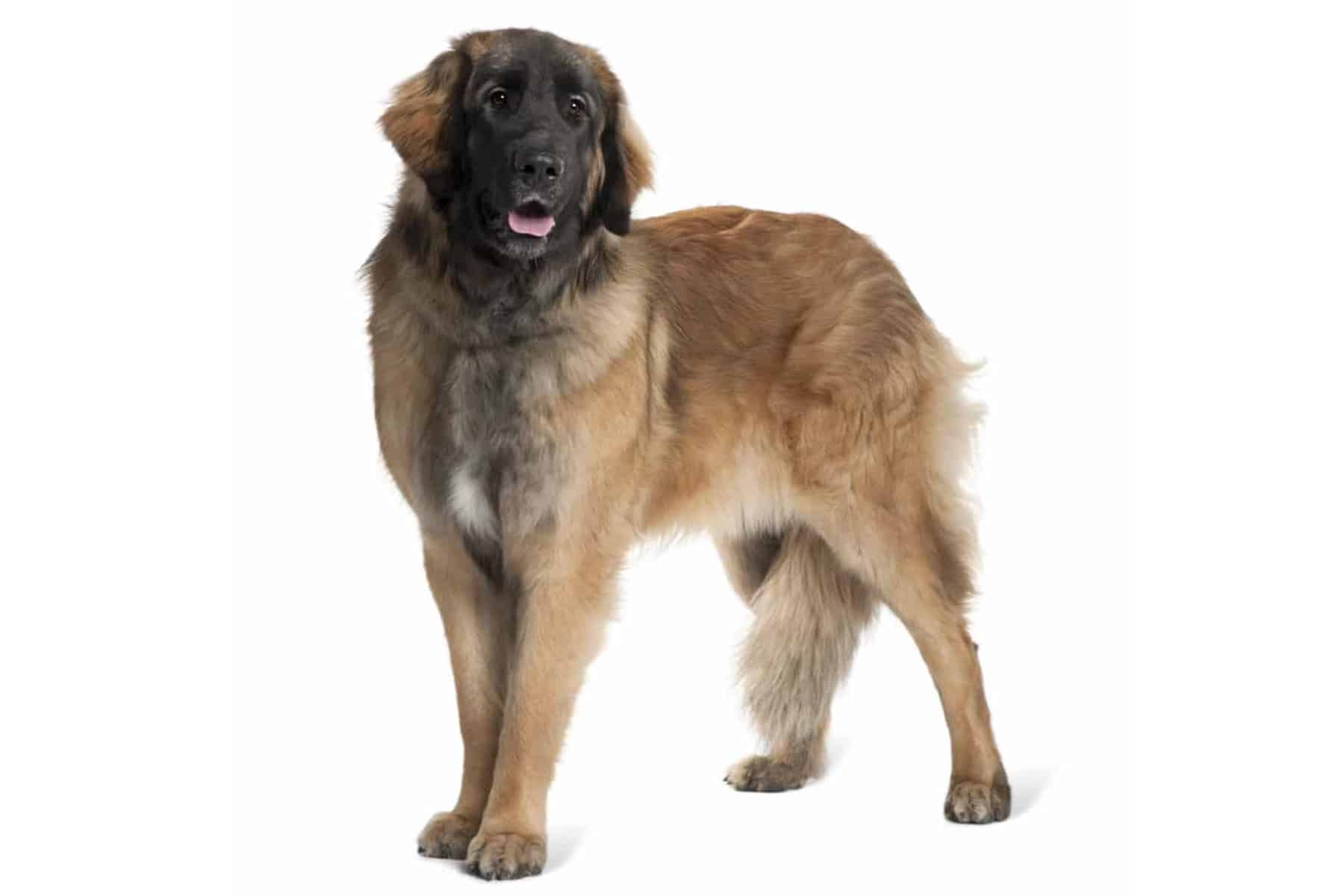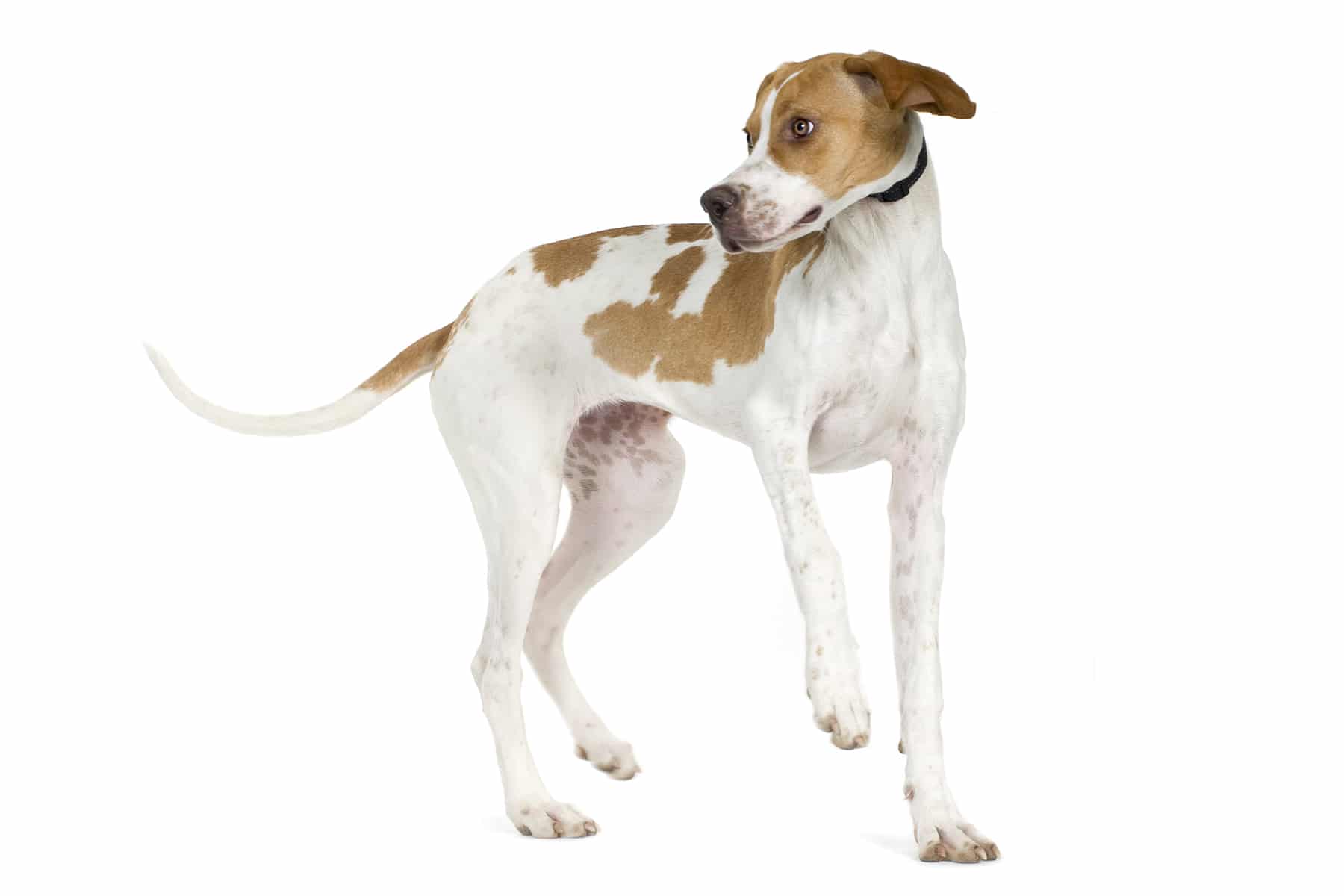Shih Tzu
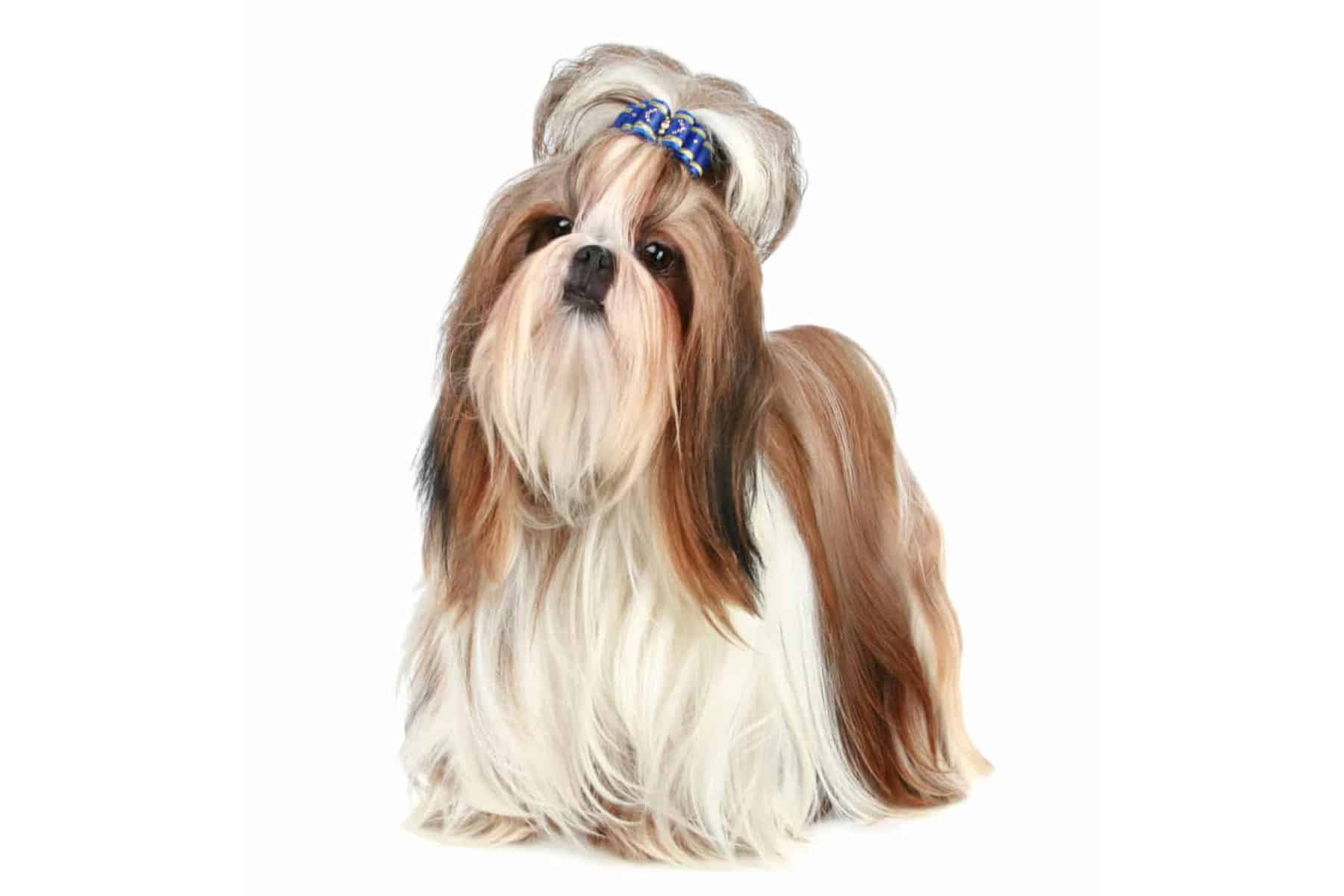
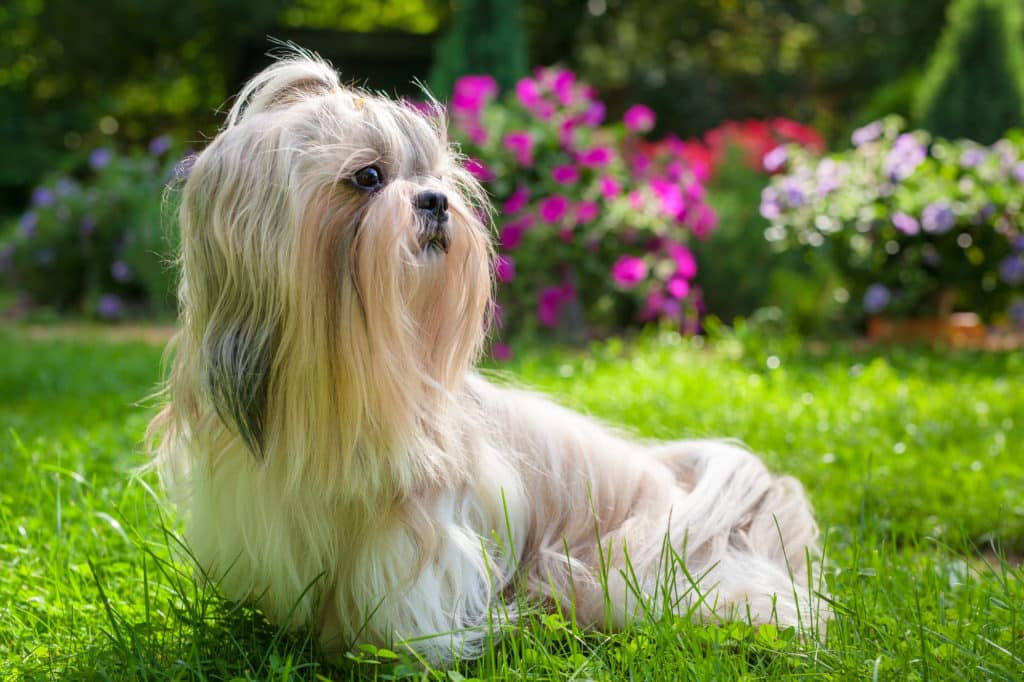
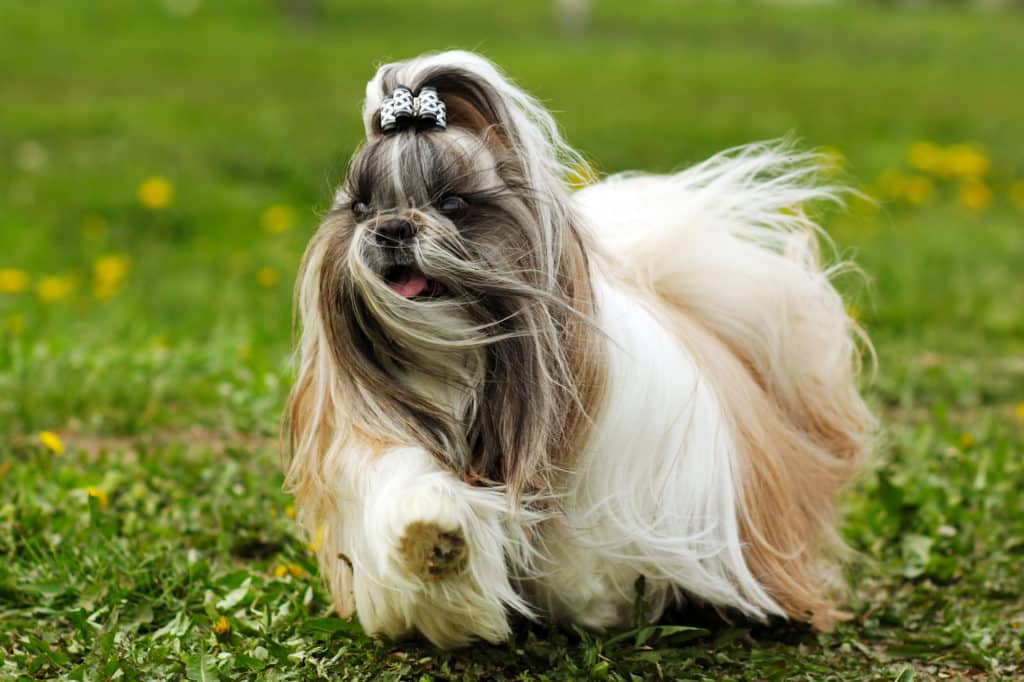
Temperament:
The Shih Tzu is a courageous and lively little guy. He likes to be the center of attention and would prefer to be with his family around the clock. He adapts to every situation and is therefore an ideal companion dog for young and old.
Characteristics
The Shih Tzu is a small dog breed from Tibet. For political reasons, the breed's stud book is kept in Great Britain. The FCI lists it in Group 9, companion and social dogs. Here it belongs to section 5, the Tibetan dog breeds.
The dogs reach a maximum shoulder height of 27 cm. The weight should be between 4.5 and 8 kg. According to the breed standard, a weight of up to 7.5 kg would be ideal. The Shih Tzu is not divided into Mini, Tea Cup or similar sizes.
The topcoat of the Shih Tzu is smooth, long and full. The hair structure is similar to that of humans. It grows constantly and falls to the ground.
The build is slightly elongated. The Shih Tzu carries its tail over its back. Ideally, the highest point of the tail is level with the head.
The Shih Tzu has a round head with long, drooping ears. These are difficult to recognize in the long coat over the ears and on the neck. The large, dark eyes stand out slightly.
The Shih Tzu is available in all color variations. Bicolored animals with a blaze and a white tail tip are particularly popular. The blaze is called the Buddha kiss.
The appearance and gait of the Shih Tzu are said to be arrogant. However, his nature is anything but arrogant. He is open-minded, friendly and intelligent. He is a loyal soul who can only be happy when he is with his humans. A life exclusively in the garden or kennel is therefore out of the question.
The Shih Tzu likes to be the center of attention and knows how to win people over. When it comes to cuddles and attention, they are true experts. They are always eager to please their owners. They can be a little reserved towards strangers at first.
The Shih Tzu is moderately difficult to train. It is intelligent and quickly imitates exemplary behavior. However, he is also very stubborn and self-confident. It can question commands or rules that it does not like. Consistency and empathy are required here.
As a former guard dog, the Shih Tzu is alert and vigilant. It has a tendency to bark. You can wean him off this with a lot of patience and training. Due to its friendly nature, it gets along well with other dogs. He has no hunting instinct.
The breed is very lively and spirited. It is therefore well suited as a family dog and playmate for children. Because of their small size, children should be careful and not play too roughly with them. Very small children should never be left unsupervised with a dog.
The Shih Tzu has a moderate urge to move. It loves exercise, but can also be content with a few short walks a day. Provided you include a few 10 to 15 minute play sessions during the walk.
When playing and running around, you should make sure not to overtax him. This is especially true in high temperatures. The Shih Tzu has a shortened nose and is prone to breathing difficulties. This can be dangerous if they overexert themselves.
Coat care:
Shedding:
Energy level:
Trainability:
Children suitable:
The right food
When choosing food, make sure that it contains high-quality ingredients, is balanced and meets your dog's requirements. Age, size or weight, activity and health status play an important role. You should follow the manufacturer's recommendations for the amount of food.
Treats should only be fed in moderation and deducted from the basic diet to avoid obesity.
Puppies can be fed 4-6 times a day. The number of meals should be gradually reduced to 2 per day until the dog is fully grown. A rest period should be observed after meals.
Fresh drinking water should be available at all times.
Health & Care
The Shih Tzu has very little undercoat. The top coat, on the other hand, is very luxuriant and long. The hair is constantly growing back and needs a lot of care.
The long, fine hair can easily become knotted. It must therefore be combed daily so that it does not become matted. This is because parasites, pathogens and dirt can accumulate in matted fur.
Hair is also constantly growing on the face and can disturb the little dog. Many owners therefore tie the hair on the top of the head into a plait. You can also carefully cut off the unwanted hair. Check the hair that grows back regularly. The stubble can poke your little darling in the eye and cause irritation.
When walking, the Shih Tzu's long hair drags across the floor. This causes a lot of dirt to accumulate, which has to be removed after the walk. As a little daredevil, the Shih Tzu likes to get dirty. Because of its short legs, this can happen quickly in bad weather.
For light soiling, it is sufficient to dry him with a towel and then brush him. This is particularly important on the paws and belly. For heavier soiling, the only thing that helps is a bath. However, this should not be done too often as it destroys the skin's natural protective layer.
Only use shampoo and conditioner for dogs. Skin and coat are very sensitive and do not tolerate other products. Pay attention to the head area when washing. Make sure that no foam or water gets into the eyes, nose or ears.
You can use a towel or a hair dryer to dry him. Drying off is important because otherwise he can catch a cold. Make sure that the hairdryer is not too hot and not too close to the body. If your dog has never been blow-dried before, you should introduce him to it carefully. The loud noises could confuse and frighten him.
If a long coat is not important to you, you can also shorten it. However, it should not be too short in summer or winter. In summer, the sensitive skin would not be sufficiently protected from the sun. In winter it would be too cold.
In some places, the coat of the Shih Tzu must be trimmed regularly, as it can hinder the dog. These include the paws, the face and the lower side area.
Suitable accessories
Some utensils are required for proper grooming. These include a brush and a comb for grooming. A good dog shampoo, scissors or a trimmer are also essential.
To tie up the hair on the face, you should use hair ties for dogs. With normal hair ties, the hair can easily break off or tear out.
To remove ticks, you need tick tweezers or tweezers. This way you can be sure that you remove the tick completely.
As the Shih Tzu has no undercoat, it gets cold quickly. When it is wet or cold outside, he therefore needs warm clothing. If they are exposed to the cold for too long, this can have serious consequences for their health. There is a risk of flu, cystitis and, in the worst case, frostbite.
Your Shih Tzu also needs a collar or harness with a lead, a dog basket or dog mat as a retreat, water and food bowl, claw clippers, dog toothbrush and cream, a transport box for transportation in the car and a first aid kit. It's best to ask your vet what should be in the first aid kit.
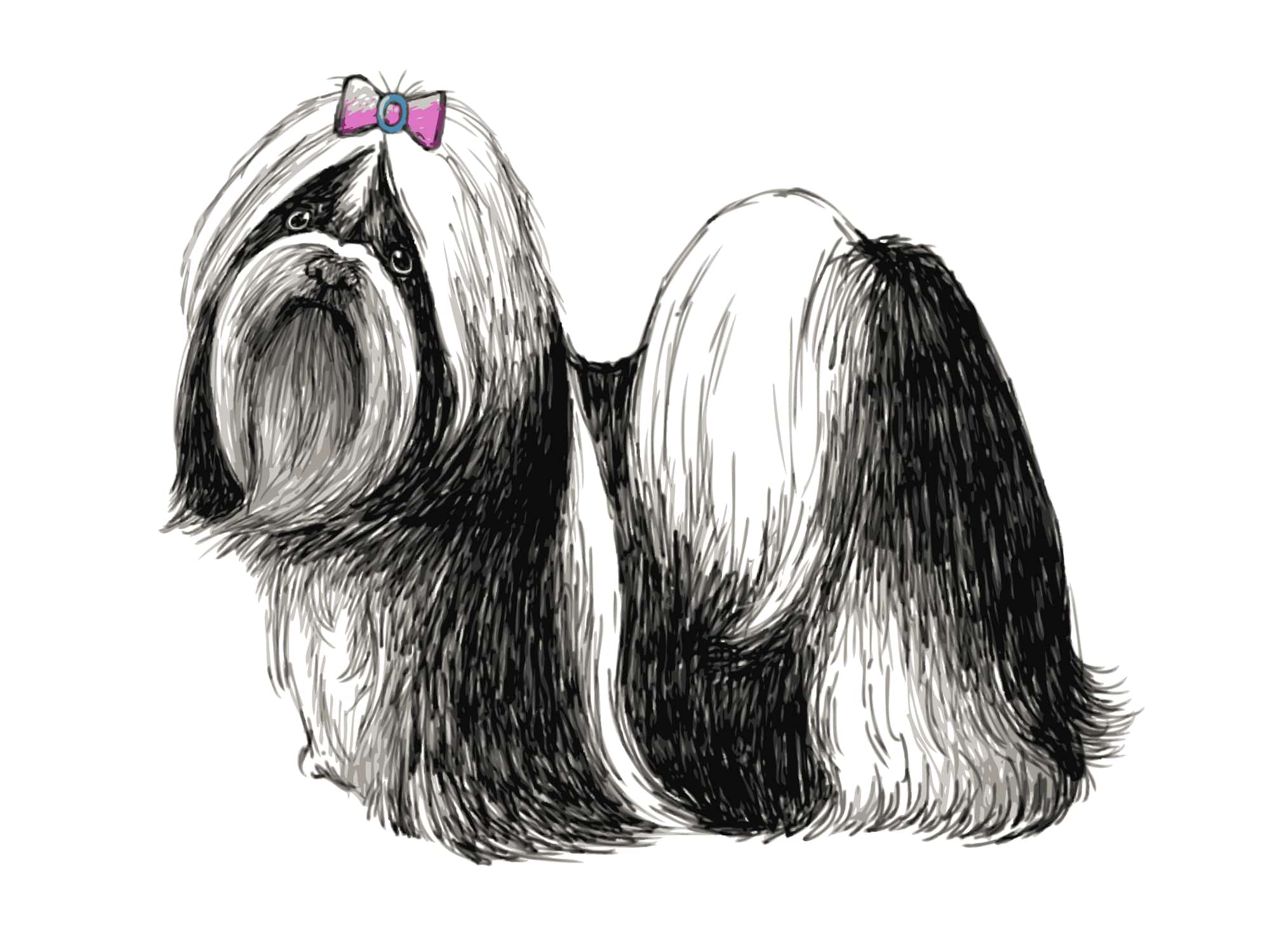
Origin & History
The Shih Tzu is an ancient breed of dog. Its origins lie in the monasteries of Tibet. The monks wanted to breed a dog that looked like a small lion. Buddha is said to have owned a dog that could turn into a lion. This is how the little dog got its name, as Shih Tzu means lion. It probably originated from a cross between a Lhasa Apso and a Pekingese.
The small Shih Tzus were already living in Tibetan monasteries in the 7th century. Around 1000 years later, they arrived in China as tribute to the emperor. The little charmers soon won the hearts of the court and became palace favorites.
When communism came to power in China, the number of breeders steadily declined. This was because the Shih Tzu was a dog breed that was associated with old China and the nobility. This did not fit in with the image of the new power. By the middle of the 20th century, there were only 14 purebred Shih Tzus left.
Some European supporters of the Shih Tzu did not want to give up the breed. They continued breeding outside China. In order to expand the gene pool and avoid inbreeding, they crossed Pekingese. This is how the breed first reached Great Britain and later the whole world. To this day, Great Britain is the patron of the Shih Tzu.
